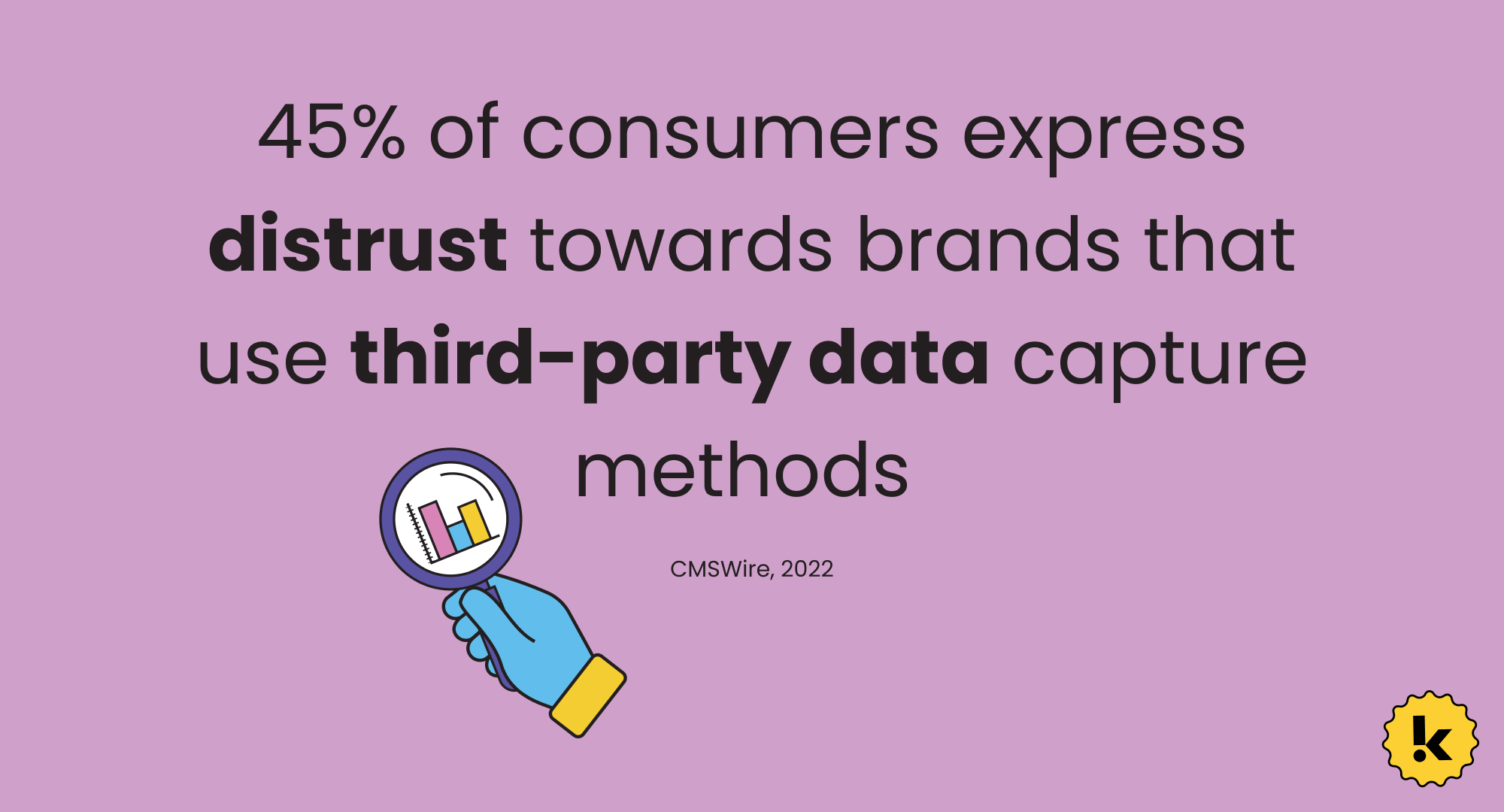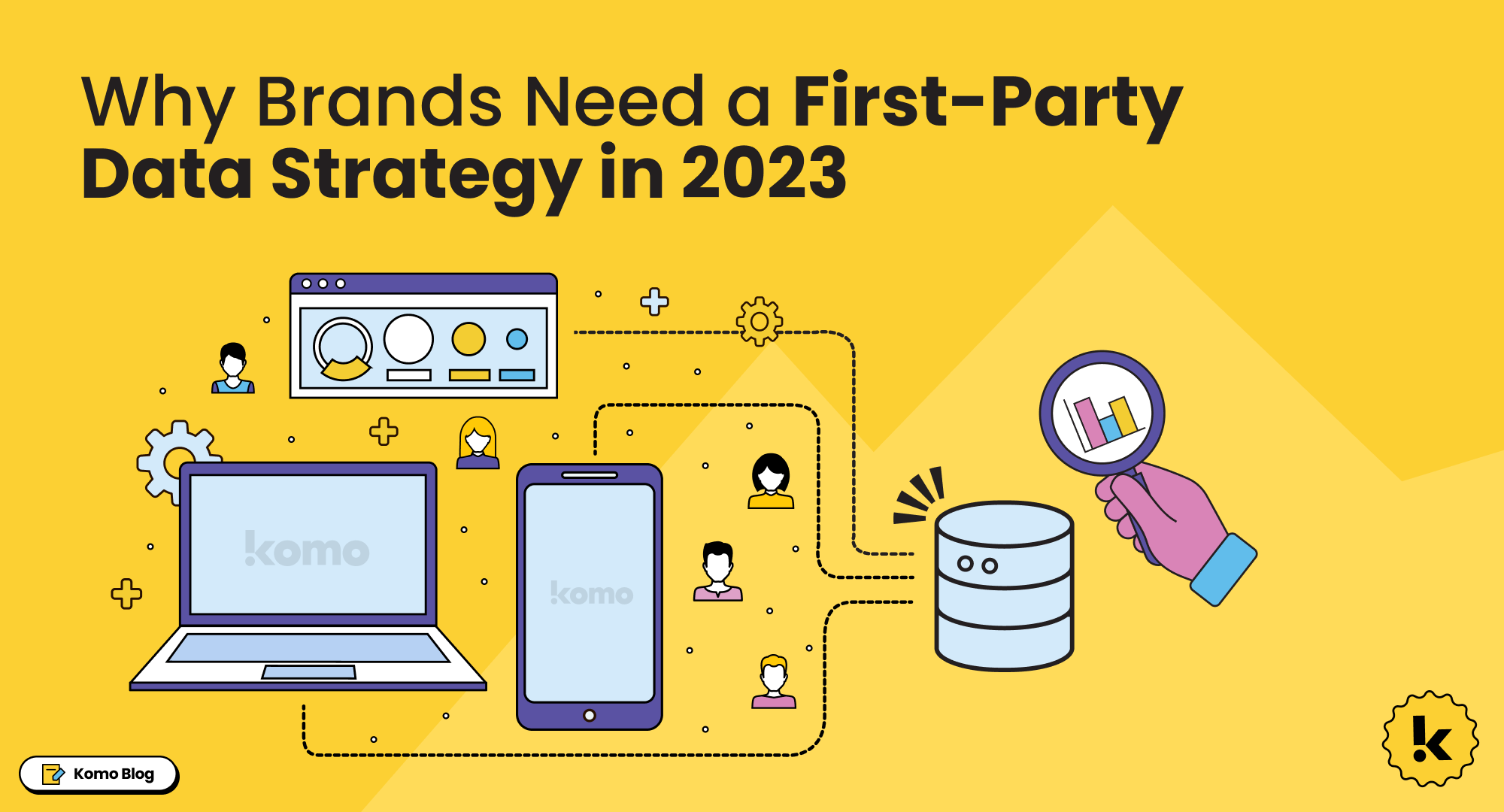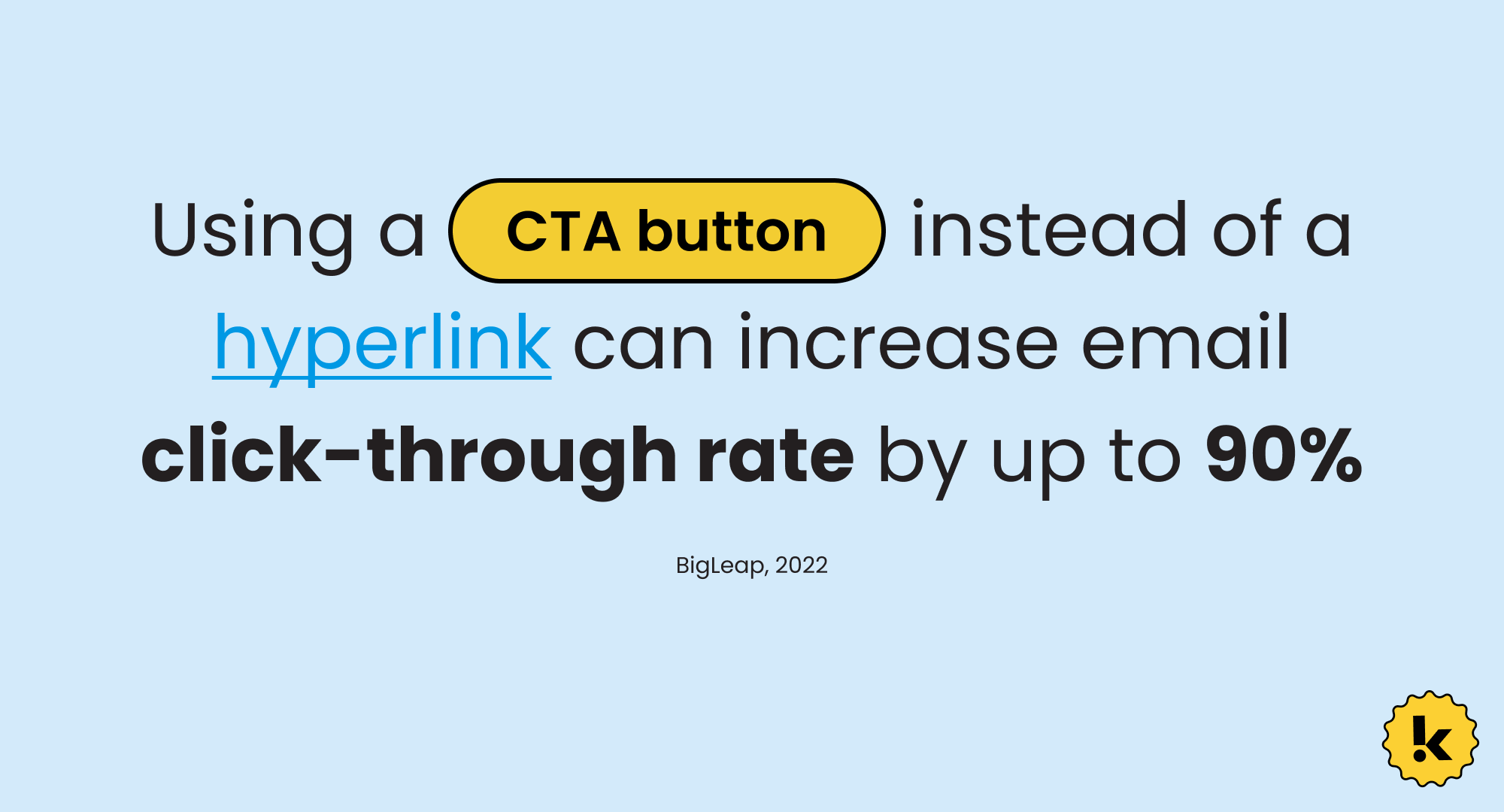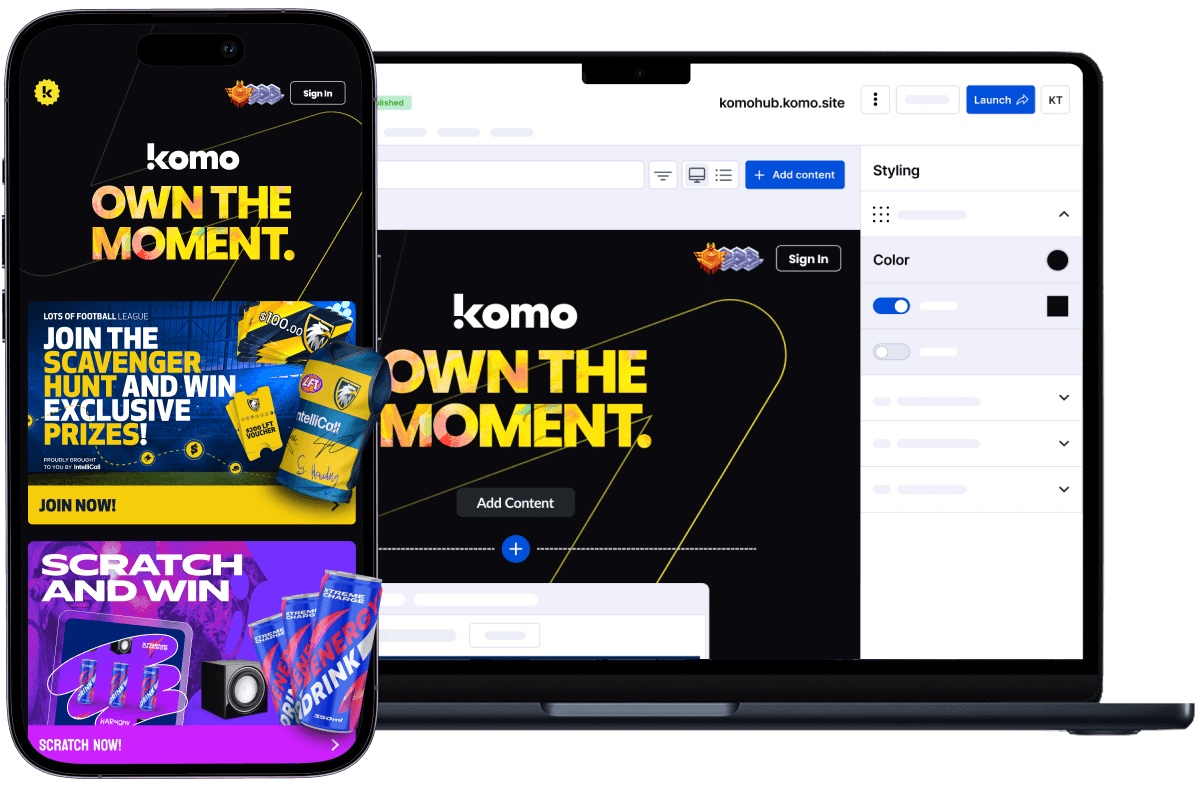For years, marketers have preached the value of personalization. But most still aren't doing it well, and shoppers are noticing.
In our webinar 'Winning the Modern Shopper: How Retail and Shopping Centres use AI and interactivity to drive loyalty that lasts', retail and shopping centre leaders agreed: personalization has become the most underdelivered and overpromised concept in modern marketing. And it's costing brands more than they think.
So, what's holding marketers back? And how are some teams turning personalization from a buzzword into a working strategy?
The personalization gap is hurting loyalty
During a live poll in the webinar, attendees were asked: What's the number one challenge in shopper engagement today?
The answer? Lack of personalization. By far.
Shoppers are no longer satisfied with generic campaigns. They expect brands to know them: to remember their preferences, respond to their behaviors, and make every interaction feel relevant.
But the reality is, most retailers and centres are still stuck at square one.
Sarah Moore, Portfolio Marketing Manager at Hawaiian, was candid about the challenge. "We started from a really low base. Our first-party data capabilities were basically zero," she said. "We knew we had to change that if we wanted to deliver any kind of real personalization."
What Hawaiian learned, and what many marketers are discovering, is that personalization isn't just about inserting a first name into an email. It's about building richer customer profiles over time, and using that data in a way that adds real value.
Asking for less, delivering more
One of the most common mistakes marketers make is overloading data capture forms: asking for too much, too soon.
Joel Steel, CEO of Komo, put it plainly: "If you ask for 10 things in your form, expect 80% of people to drop off." Every additional field is friction.
That doesn't mean people won't share information. They will, but only if they believe the value exchange is worth it. And that's where interactive content plays a critical role.
Tools like quizzes, games, receipt uploads, and opinion polls create an experience that feels fun, rewarding, and low-risk. These touchpoints not only capture first-party or zero-party data in the background; they also build trust. Early on, a light ask paired with a meaningful experience is far more likely to convert than a static form with 10 fields and no clear benefit.
Theresa Tran, Customer Success Manager at Komo, described how she helps clients like Hawaiian implement this. "We start simple. We get them excited to engage. And then we layer in profile-building moments over time," she said.
This approach not only reduces drop-off, but also improves the quality of the data. And when shoppers choose to share information, like their birthday or preferences, it opens the door for meaningful personalization that doesn't feel intrusive.
Designing value-driven journeys, not just campaigns
The real breakthrough comes when that data gets used, not just collected.
Sarah described how Hawaiian's "Neighbourhood Perks" program is evolving. "We're using generative AI to help recognize key customer markers and deliver rewards based on those traits. It's not about blasting the same offer to everyone. It's about making people feel seen."
This level of personalization isn't just nice to have - it drives business outcomes. As Adam Posner, loyalty strategist and founder of The Point of Loyalty, explained: "Loyalty is built on relevance. Show me you know me. That's what matters."
How Komo helps make personalization actually happen
Komo enables brands to collect both first-party and zero-party data captured via games, opinion polls, surveys, and receipt uploads. This data feeds into real-time profiles, which can trigger personalized rewards, content, or follow-up experiences based on individual behavior.
Importantly, this isn't about building complex systems or hiring large CRM teams. It's about removing the manual lift and letting the platform do the heavy lifting.
"We're using Komo to run all of our CRM through one system," Sarah said. "It's helping us build out that richer, more personalized experience without needing to add a whole team behind it."
Personalization is a strategy, not a feature
Personalization doesn't happen at launch, it happens over time. And the most successful brands treat it as a long-term commitment, not a short-term tactic.
Start with one meaningful interaction. Deliver value. Then build from there.
As Theresa put it: "The goal is to shift from isolated campaigns to connected experiences. That's where the real opportunity is."
See how Hawaiian and others are delivering personalization that actually works without overcomplicating it. Watch the full webinar on demand here.




